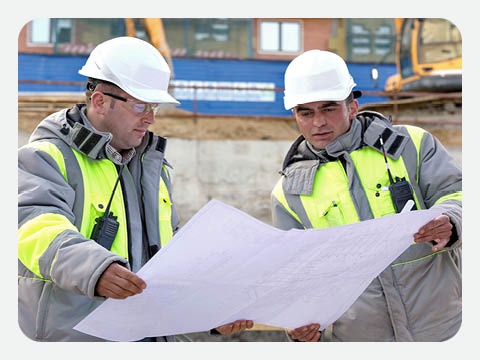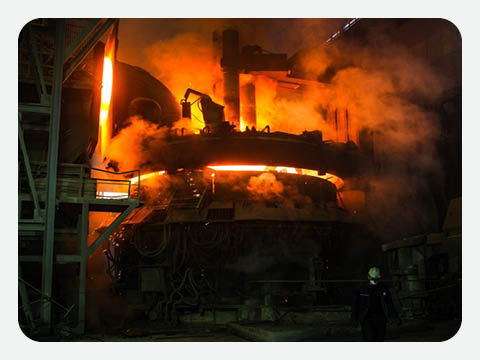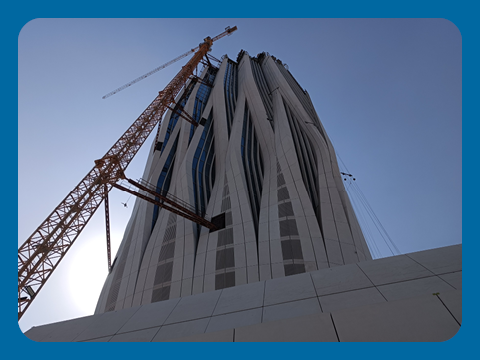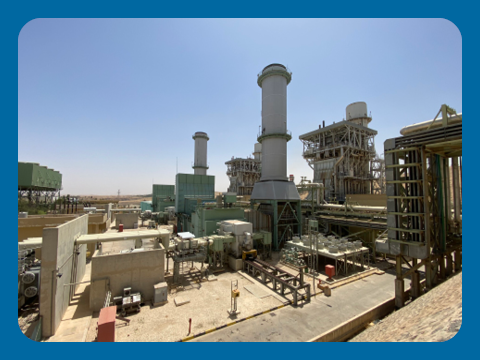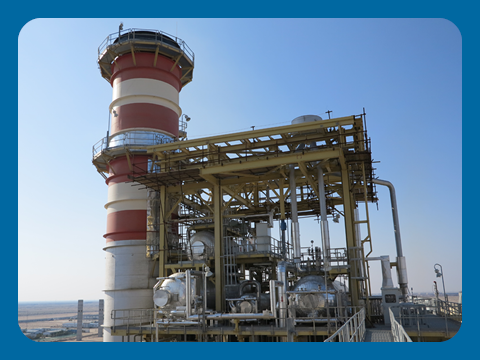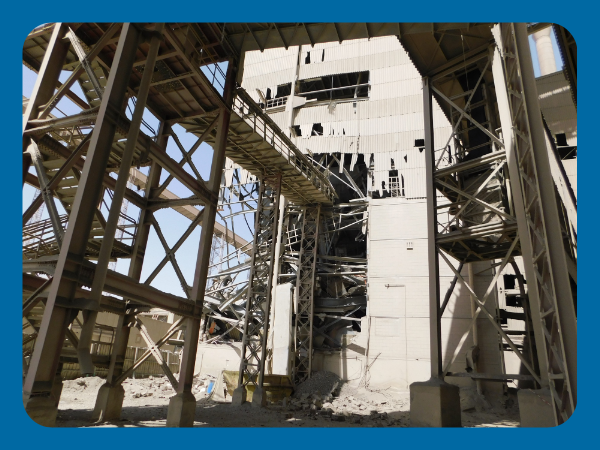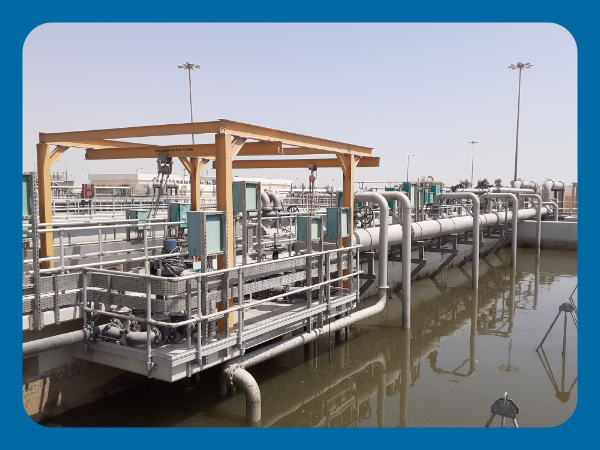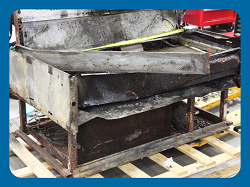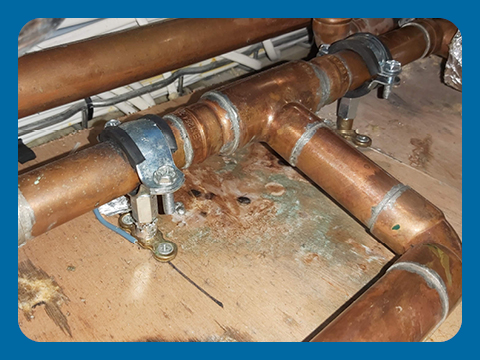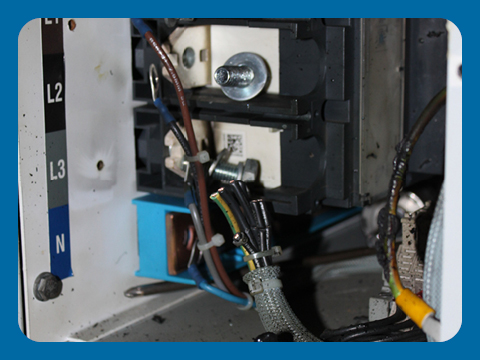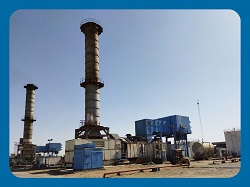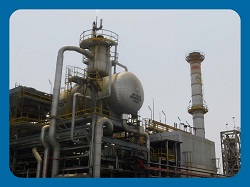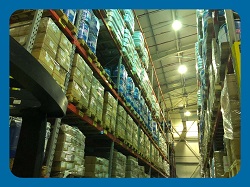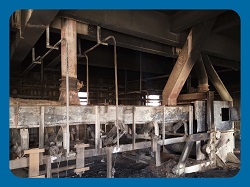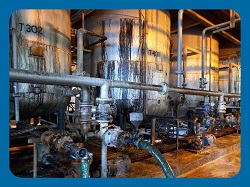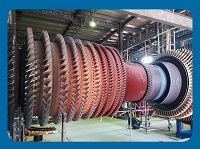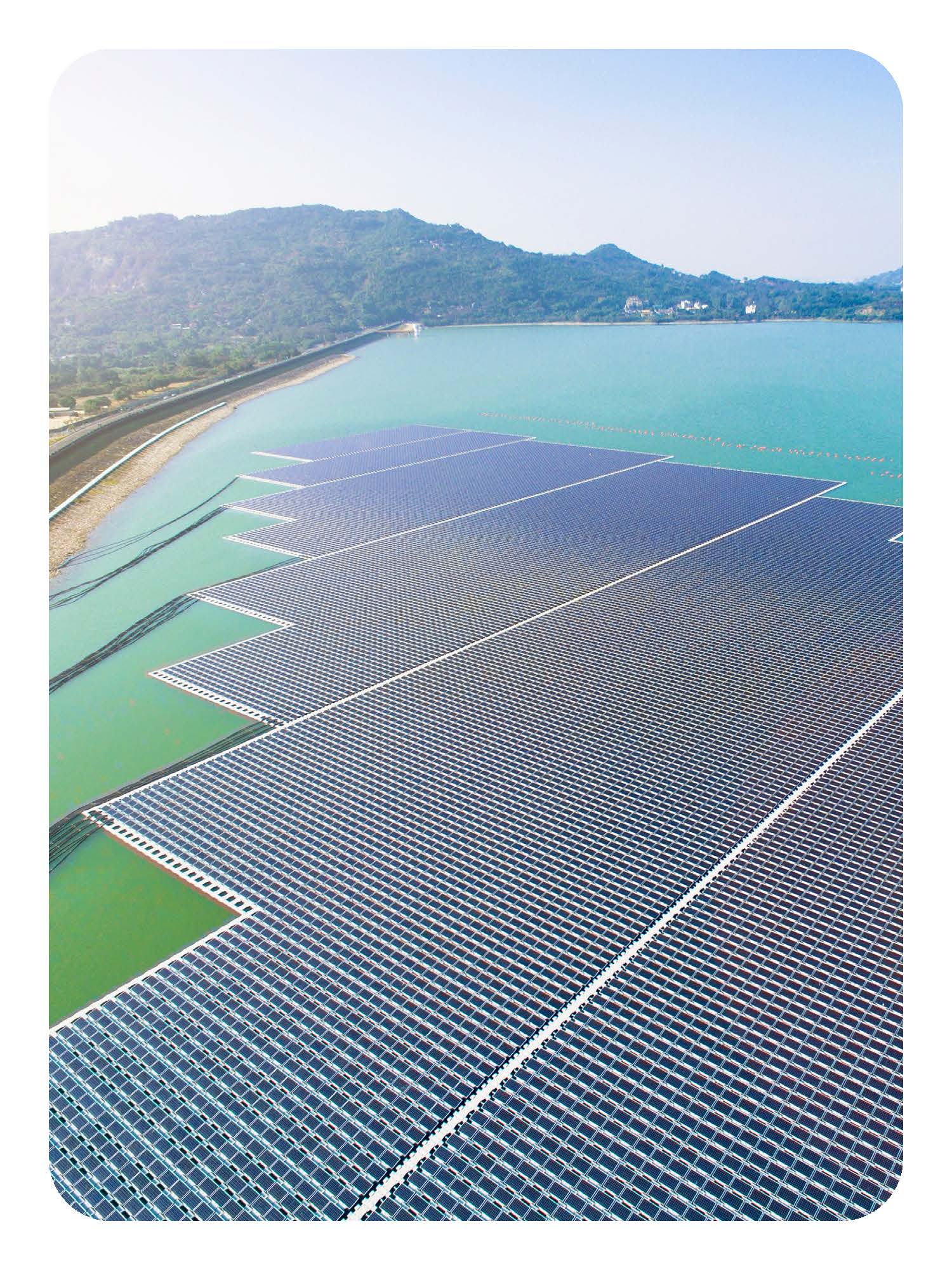 This article was first published in the Middle East Insurance Review.
This article was first published in the Middle East Insurance Review.
If announced initiatives in various countries of the MENA region are realised, it is estimated that over 100 GW of installed capacity could come from renewables by 2030, despite uncertainties introduced by the COVID-19 pandemic. Though energy demand dropped in the spring of 2020 amid state shutdowns, energy produced from renewables actually increased by 2%.
This new investment in renewable energy includes new technologies considered now a high priority. Deployment of these new technologies especially in remote locations presents new challenges to insurers.
New Technologies
Energy Storage Systems (ESS)
Renewable resources (wind and sun) are not available all day and as such produced energy may not meet the demand from different customers. An energy storage system which can be used to supply energy during the night time, for example, is needed.
The vast upcoming expansion of renewable energy in MENA countries, have created a drive for energy storage. Market reports predicts a total deployment of 1.8GW of grid-connected energy storage by 2025 in the region.
There are many different types of ESS used with renewable energy. The lithium-ion battery segment is expected to be the fastest-growing segment in the MENA battery ESS market. Other energy storage technologies include thermal storage using molten salt in CSP projects which are anticipated to reach 16 hours of energy storage in projects in the UAE and Morocco.
Solar Modules Design
Many technologies are emerging to improve performance and reliability of renewable energy systems. UAE, KSA, and Qatar, for example, have each benefited from the advancement in PV technology and have as a result developed utility-scale projects at competitive prices.
Examples of new technologies include bifacial solar modules which produce power from both sides increasing production up to a 30% and Half-cut cell solar panels have solar cells that are cut in half, which improves the module’s performance and durability.
Floating Solar Farms
The PV solar power systems in a floating solar farm are designed to float on water reservoirs, dams, and other water bodies. The UAE’s first floating solar power plant is located off the island of Nurai in the Arabian Sea. The 80kW facility provides critical information on the cooling effect of the water washing over the panels and how the reflected light from the surface of the sea could improve panel efficiency and eliminate the risk of failure from overheating. Success of Nurai Island project can promote more sustainable options for Abu Dhabi’s 150 or so islands that currently rely on diesel to generate power.
Building Integrated Photovoltaic (BIV)
BIPV components can be designed in a multitude of ways, be it solar facades, solar windows, or even solar roofs which can then be installed in large buildings, car parks, bus stations, stadiums and homes. For example, the Makkah Royal Clock Tower in Saudi Arabia includes a glass orb at the top of the structure that incorporates 233 solar panels that generate the power necessary to run the clock.
One of the major upcoming developments that will utilise BIPV is the DEWA new headquarters in Jadaf, Dubai. The new building will have over 20,000 square metres of PV panels that will generate over 6,500 MW/h a year helping the building achieve its net zero energy goal.
Concentrated Solar Power (CSP)
CSP has longer cycle of development and execution compared to PV, given the land size required, detailed design, complex financing and longer construction periods. CSP technologies are getting cheaper thanks to technology improvements, economies of scale and increasing markets. As a result, CSP generation costs are coming down, and hours of storage are increasing. Dubai, Egypt, Kuwait, and Morocco are moving ahead with tenders for new plants on top of large projects in UAE and Morocco.
The largest and most advanced CSP investment in MENA is the 500 MW Noor CSP complex in Morocco, which has three plants utilising parabolic trough technology and solar tower with thermal storage using molten salt that can support up to 11 hours of storage.
Challenges
The new renewable energy technologies require the deployment of these technologies in remote locations giving rise to a number of challenges that must be considered by insurers. Among those are the following:
Availability of resource data:
Lack of reliable, site specific wind and other data historical resource data in a number of countries makes it difficult to design equipment to withstand strong wind and other natural catastrophes. Similarly, most research and studies on the impact of climate change on wind power generation focus on Europe and North America. Loading conditions under extreme wind speeds are based on studies in Europe and may not be representative in the MENA region.
Lack of historical data in remote locations can also prevent insurers from accurately assessing risk of natural catastrophe at a given location.
Increased natural hazard exposure due to climate change
Each year, MENA countries experience weather extremes, such as torrential rains and floods. While natural disasters around the world almost doubled since the 1980s, the average number in MENA region has almost tripled over the same period. Climate change could make natural disasters more intense and more frequent affecting new projects and plants.
Extreme temperatures also affect power generation and stability of a PV panel which depends on solar irradiance, and other atmospheric variables, including surface air temperature and surface wind velocity. Also, as wind turbines become bigger and taller, they also become more vulnerable requiring wider safety margins in the design and operation. Confirming that design parameters include enough safety margins is a challenge to insurers.
Increased repair and replacement costs on large projects
Bigger projects also mean increased exposure to equipment failure. As the cost of manufacturing declines, the cost of the repairs increases. This can be attributed to increasingly complex designs making repairs more costly.
Remote monitoring and Maintenance
Condition monitoring and maintenance forecasting of plants in remote locations is not easily carried out. Artificial intelligence is needed to ensure proper monitoring and maintenance. Though these tools are becoming more prevalent, adoption remains slow in many locations.
Shortage of expertise
As construction of renewable energy projects has risen exponentially, a rise of claims on the construction and installation, mostly related to lack of skilled contractors to install and commission renewable energy projects successfully. The increased presence of faults in PV panels, such as micro-cracking is linked to improper installation and storage due to lack of skilled workers.
In some areas within the MENA region, developers are required to source certain parts, typically low-tech, for the plant from local markets, which lack proper technical experience and certification. As a result, pre-mature failures are observed in these parts which may lead to catastrophic failures.
Higher rates of failure
In general, it is expected that newer technologies experience higher failure rates while the technology is fine-tuned and adapted to environmental conditions where it is deployed. The exposure to physical losses (electromechanical, electrochemical, fire, explosion) and the failure modes of energy storage systems, for example, strongly depend on the technology, including all the technical setup, environmental controls, etc.
Impact on surroundings
Fires and explosions in sophisticated energy systems at renewable energy plants like battery systems, VAR compensators or capacitor banks can lead to the release of potentially toxic and flammable gases and fumes. Shock waves may also produce mechanical damage at a fairly long distance. This may trigger 3rd liability claims, for injury, death or 3rd property damage and BI to critical assets used by grid operators.

